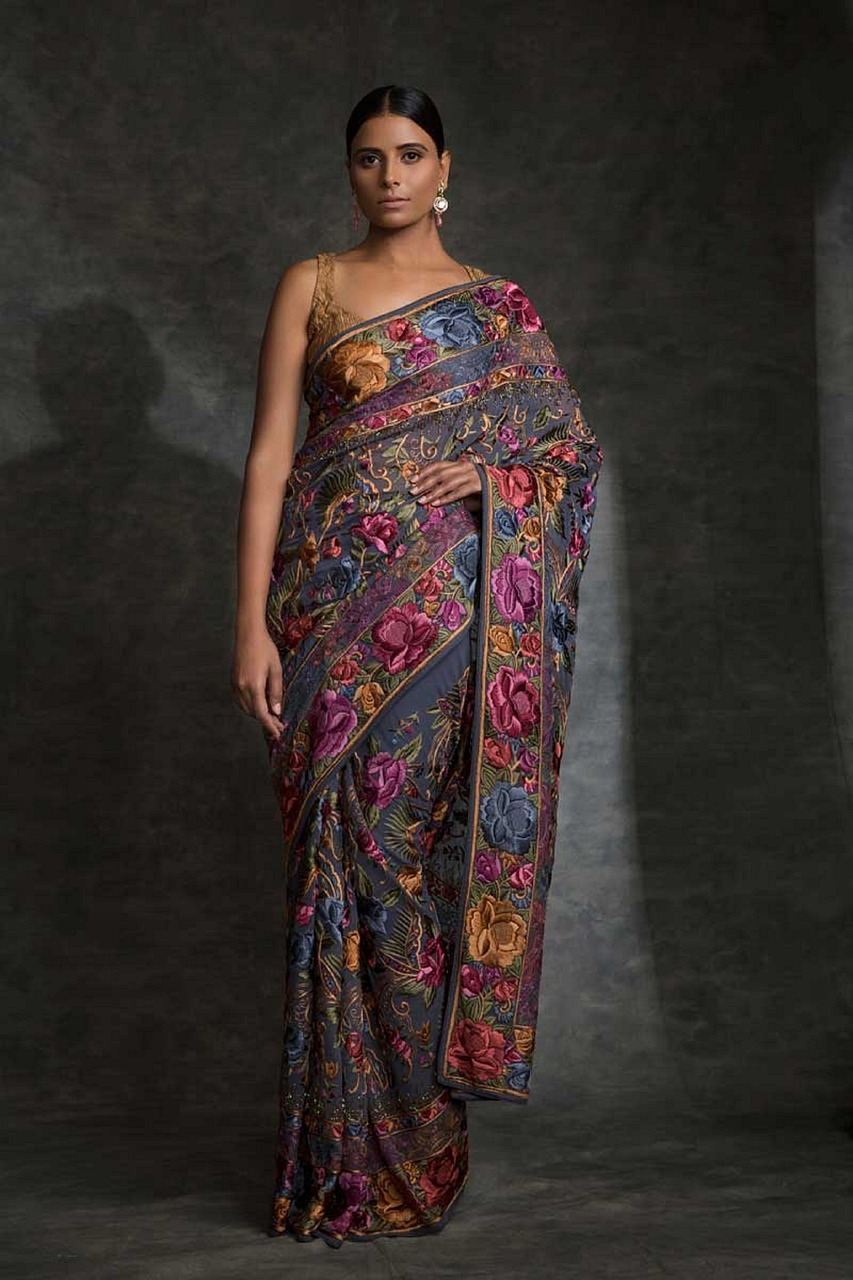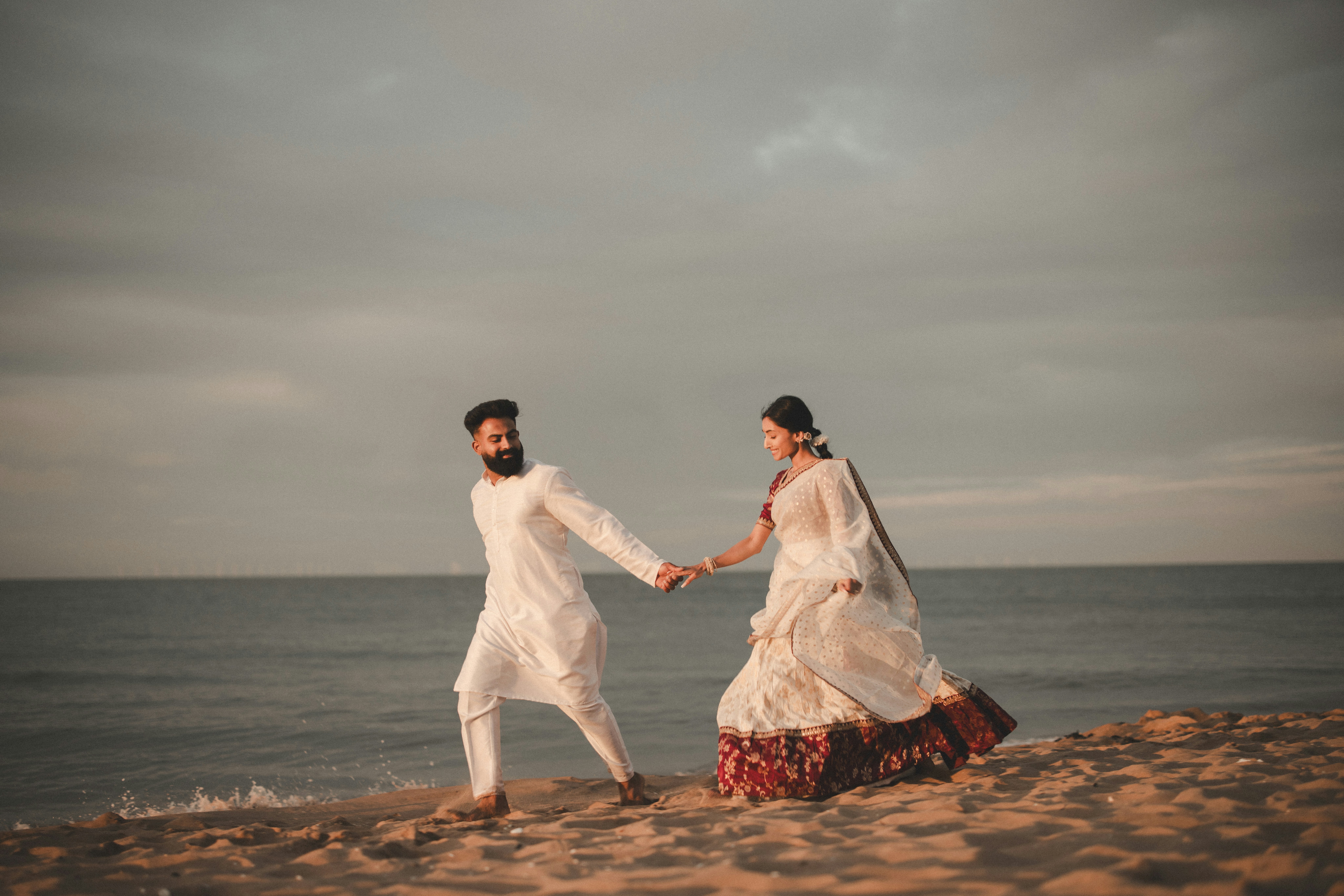Sarees have long been the epitome of grace, tradition, and beauty in Indian culture. Yet, over the decades, this classic garment has seen numerous transformations, thanks largely to the influential world of Bollywood. From Madhubala’s ethereal chiffon saree in black-and-white cinema to Deepika Padukone’s regal silks in modern epics, Bollywood has continuously redefined saree fashion, impacting millions of wardrobes across India and globally.
In this blog, we delve into how Bollywood has shaped modern saree trends and why the silver screen remains a powerful runway for ethnic fashion evolution.
Bollywood: The Fashion Trendsetter
Bollywood is more than just a film industry, it’s a cultural powerhouse that reflects and molds societal norms, values, and fashion choices. For many Indians and South Asians across the world, Bollywood serves as their primary reference for fashion inspiration. And when it comes to ethnic wear, the saree is often the most highlighted garment, celebrated for its versatility and elegance.
Sarees in Bollywood are not just costumes. They are powerful storytelling tools that define characters, depict eras, express emotions, and elevate a star’s glam quotient. Naturally, what actresses wear on-screen often transitions into real-life fashion statements.
From Classic to Contemporary: Evolution of Saree Trends in Cinema
1. Golden Era (1950s–1970s): Traditional and Graceful
Actresses like Meena Kumari, Waheeda Rehman, and Nargis showcased sarees in their most traditional form. Cotton and silk sarees with subtle embroidery, floral prints, or borders were the norm. The pallu (drape) was longer and often used as a sign of modesty or shyness, an essential visual element of the time.
Impact: This era reinforced the saree as an everyday outfit, especially for homemakers, teachers, and middle-class working women.
2. Glamour Takes Over (1980s–1990s): The Birth of Chiffon
The late Sridevi dancing in a blue chiffon saree in “Mr. India” remains an unforgettable Bollywood moment. This period saw the rise of lightweight fabrics like chiffon, georgette, and net, perfect for dance sequences and romantic scenes. Colors became bolder, blouses more daring, and drapes more experimental.
Impact: Chiffon sarees became the go-to for parties, weddings, and even office wear due to their elegant yet manageable flow.
3. The Millennium Shift (2000s–2010s): Fusion and Designer Influence
With the entrance of designers like Manish Malhotra, Sabyasachi Mukherjee, and Neeta Lulla into Bollywood styling, sarees saw a complete transformation. Films like Kabhi Khushi Kabhie Gham, Devdas, and Jodhaa Akbar brought elaborate embroidery, velvet borders, and luxurious weaves into the limelight. Fusion wear—like saree gowns and lehenga sarees—became immensely popular.
Impact: Designer sarees became aspirational. Brides started taking styling cues from onscreen weddings and grand sets.
4. Modern Bollywood (2010s–Present): Minimalism to Maximalism
Today, Bollywood presents both ends of the fashion spectrum. You’ll see actresses like Alia Bhatt donning simple, pastel organza sarees for promotions while someone like Deepika Padukone or Katrina Kaif will showcase dramatic, embellished creations on the red carpet or in period films.
Impact: Modern saree lovers feel empowered to experiment—whether it’s with ruffles, pre-stitched sarees, belts, or crop-top blouses.
Iconic Saree Moments in Bollywood
Madhuri Dixit’s purple saree in Hum Aapke Hain Koun
This became the defining outfit of the 90s for weddings and festive occasions.
Rani Mukerji’s transparent black saree in Kabhi Alvida Naa Kehna
Sparked a trend in semi-sheer fabrics and deep-back blouses.
Deepika Padukone’s red Banarasi saree in Piku promotions
Revived love for heritage handloom sarees in a modern context.
Vidya Balan’s consistent embrace of sarees on red carpets
Made traditional sarees a fashion statement rather than just cultural wear.
Regional Representation and Sarees in Bollywood
Bollywood has also played a significant role in bringing regional weaves and saree styles to mainstream attention. Some notable examples:
- Nauvari sarees in Bajirao Mastani showcased Maharashtrian traditions.
- Kasavu sarees in Malayalam-themed films highlighted Kerala’s elegance.
- Bandhani and Gharchola sarees from Gujarat featured in wedding scenes added vibrancy.
- Kanjeevaram silk sarees worn in wedding songs and family sagas have immortalized South Indian bridal style.
Through these depictions, Bollywood educates and promotes India’s regional textile diversity, encouraging younger generations to embrace traditional craftsmanship.
Bollywood and Saree Accessories
It’s not just the saree that Bollywood influences—but how it’s styled. Whether it’s oxidized jhumkas, kamarbandhs, potli bags, or embroidered clutches, the accessories used by leading ladies often become hot trends. The blouse styles—off-shoulder, backless, cape-sleeved, or even shirt-style—are also game-changers in modern saree fashion.
Influence on International Fashion
With global streaming and a massive South Asian diaspora, Bollywood’s fashion influence now crosses borders. Saree-inspired designs have walked international fashion weeks, worn by celebrities of different ethnicities. Bollywood stars wearing sarees at Cannes or Oscars have contributed to the garment’s international popularity.
Saree Trends to Watch (inspired by Bollywood)
Organza Sarees – Thanks to Alia Bhatt and Kiara Advani.
Ruffle Sarees – Seen on Shilpa Shetty and Kriti Sanon.
Belted Sarees – A stylish twist introduced by fashionistas like Sonam Kapoor.
Saree Gowns – Blending East and West for red carpet glam.
Handloom Revival – Stars supporting sustainable fashion and artisanship.
Final Thoughts
From traditional silks to chic designer drapes, Bollywood has continually redefined what the saree means for each generation. Its influence extends beyond aesthetics, it elevates cultural identity, showcases regional diversity, and bridges traditional elegance with modern flair.
As we celebrate the saree’s timeless charm, one thing is clear: when it comes to ethnic fashion, Bollywood is not just an influencer, it’s a trailblazer. So, the next time you drape a saree, remember, you’re not just wearing six yards of fabric; you’re wearing a piece of cinematic history.





